Maths project ideas are a great way to help you learn and remember the concepts that you find difficult to grasp otherwise. These projects can be done on various topics like geometry, graphs, numbers and theorems. Check out the top 15 maths project ideas for exhibition in the page below.
Table of Contents
Maths project ideas for exhibition will help you to come up with newer and creative ways to structure your presentation. Maths projects also sharpen the logical and analytical skills of the students. This is because when you work on a specific topic for an exhibition, it makes your understanding of the concept better.
The education boards of India, especially CBSE and CISCE, and most of the state education boards, have now resorted to Maths exhibitions. The aim is not just to make learning fun, but also to make you apply logical and analytical thinking while shaping the projects for exhibition. Check out the details below to know more about the top 15 maths project ideas for exhibition.
Top 15 Maths Project Ideas for Exhibition
You can find a list of the top 15 mathematics project ideas for exhibition below along with the detailed description of the activity.
- Representation of Clock
- Representation of Solid Shapes
- Maths Activity with Quadrilaterals
- Maths Project Ideas with Triangles
- Activity to Show the Sum of All Angles of a Triangle is 180 Degree
- Inverse Trigonometric Functions on Graph
- Maths Project Ideas to show Maxima, Minima, and Point of Inflection
- Representation of Linear Inequality
- Maths Project Ideas with Probability
- Representation of Real Numbers
- Maths Project Ideas with Pythagoras Theorem
- Models with Types of Triangles
- Representation with Linear Graphs
- Maths Project Ideas with 3D Objects
- Representation of Euclid’s Second Axiom
1. Representation of a Clock
The hour, minute, and second hands of a clock get confusing to learn for the junior section students. Maths project ideas with the wall clock could be a great way to teach them.
Materials: The materials that would be used for this activity are:
- Cardboard
- Coloured Papers
- News Paper
- Sketch Pens
- Screw
Activity: The cardboard must be cut out in a square or circular shape and the number sto show time must be written on it. Thin paper rolls just be made for minute, hour, and second hands. These paper sticks are to be screwed to the centre of the clock. Now these sticks can be rotated manually to show time.
Also Check: List of Science Project Ideas and Experiments for Students
2. Representation of Solid Shapes
The solid shapes include sphere, cube, cuboid, cylinder, and cone. These shapes can be created or arranged and put up on exhibition by the primary-sections students. It is one of the popular maths project ideas among students.
Materials: The materials needed for this activity are:
- Chart Paper
- Market Pen
Activity: The different solid shapes must be drawn on the chart paper with different colours. These names of the shapes must be written on them.
3. Maths Activity with Quadrilaterals
A quadrilateral is a figure that has 4 angles and 4 enclosing sides. The quadrilaterals are of 6 kinds in all. They are: Trapezium, Parallelogram, Rectangle, Rhombus, Square, Kite. These can be projected in the exhibition.
Materials: The materials required for the activity are:
- Cardboard
- Coloured Paper
- Sketch Pen
Activity: The different kinds of quadrilaterals must be drawn on the cardboard. The shapes must be cut along the borders and the names of the figures must be written on it.
Also Check: MBA Project Topics To Choose
4. Maths Project Ideas with Triangles
Knowing the properties of a triangle is crucial for the students. If they know the properties completely, it will be easier for them to solve the problems on triangles. It is one of the famous maths project ideas among students.
Materials: The materials required for the activity are:
- White Mount Board
- Sketch Pen
- Screw
- Paper Knife
Activity: Two circles are to be cut out from the mount boards. These circles are to be coloured. Lines must be drawn through the centre of one circle, writing the names of the triangle in one section and the properties of the triangle in the opposite direction. Another circle with rectangular cutouts must be overlapped on the first circle and fixed in the centre with a screw so that both can spin. On spinning the first circle, the name and properties of triangles will be seen through the slit parts.
5. Activity to Show the Sum of All Angles of Triangle is 180°
The sum of all the angles of a triangle is equal to 180 degrees. This can be proven with the help of an experiment.
Materials: For this activity, the materials required are:
- Coloured chart paper
- Scissors
Activity: Two overlapping triangles are to be cut out from the coloured chart paper. Draw two three lines. Paste one triangle with the base on the line. From the second triangle, cut the corners in an angular way. Now, the triangle with corners removed must be placed on the other line, with the base touching the line. The three angles must be put on the third line as they fit. The angles will make 180 degrees.
6. Inverse Trigonometric Functions On Graph
The inverse trigonometric functions are an essential chapter for class 12. By inverse trigonometric functions, inverse of cosines, sines, tangent, secant, cotangent, and cosecant functions are implied. It is considered to be one of the prominent maths project ideas among students.
Materials: The materials required for this activity are:
- Graph sheet
- Pen
- Paper Puncher
Activity: The x and y axes are to be drawn on the graph sheet. The sheet is to be folded diagonally so that there is an intersecting point of the y and x axes and the folding-line. Random points can be taken to punch holes with the paper puncher. The coordinates of these points are to be noted down and the pattern is to be studied.
Also Read: 60+ CBSE Class 12 Political Science Project Topics 2025
7. Maths Project Ideas to Show Maxima, Minima, and Point of Inflection
This presentation will aim at understanding and showing the maxima, minima, and the point of inflection.
Materials: The materials that will be used in this activity are:
- A plywood piece
- Wires
- White Paper
- Glue
Activity: The plywood piece must be covered with the white paper. Two pieces of wires are to be cut, each measuring 30cm. These wires are to be pasted on the plywood in the form of ‘x’ and ‘y’ axes. Another piece of wire is to be bent into a curve and pasted on the plywood. Five more wires of suitable length (say, 4cm) are to be cut and pasted on different points of the plywood board. The observations must be noted down. The smaller wires will be a tangent to the curve parallel to the x axis. At these points, the tangent-slope will be zero, which means that the first derivative value at the point will be zero.
8. Representation of Linear Inequality
Linear Inequality is an expression in which two values are compared with the symbols of inequality. The values can be either algebraic or numeric or a combination of algebraic and numeric.
Materials: For the activity, the following materials are required:
- Cardboard
- White Paper
- Marker Pen
Activity: The cardboard is to be covered with white chart paper. Two lines, perpendicular to each other, on the ‘x’ and ‘y’ axes are to be drawn. A graph is to be charted for any given linear inequality. The two half planes on either side of the ‘y’ axis are to be marked 1 and 2 respectively. Mark random points in the half planes 1 and 2. The objective of the activity is to verify that a graph of a certain inequality represents one half plane.
9. Maths Project Ideas with Probability
Probability is a very interesting chapter in Mathematics. As the name suggests, Probability determines the chances. For example, if a coin is tossed, probability will determine the chances of the coin falling with heads up and the chances of falling with the tails up.
Materials: For the exhibition on Probability, the following materials would be required:
- Four coins
- Pen
- Notebook
Activity: All the four coins are to be tossed at once. The probability of all the four coins falling with heads up must be calculated in the notebook. The coins are to be tossed and shown. The numbers would match with the answer on the notebook.
Also Read: 150+ CBSE Class 12 Biology Project Topics 2025
10. Representation of Real Numbers
The concept of real numbers is abstract. Understanding in one go is often a problem for the students. The exhibition on real numbers can make the concept clearer and help the students understand the chapter more logically.
Materials: For this project, the students would need the following materials:
- Chart Paper
- Sketch Pen
Activity: On the chart paper, a flowchart must be drawn showing the relationship between numbers. At the top of flowchart, Real Numbers must be written and the arrows dropping down would have Rational Numbers and Irrational Numbers. The entire number family will come under this flowchart. This project aims to simplify the concept of numbers making them easier to remember.
11. Maths Project Ideas with Pythagoras Theorem
Pythagoras Theorem is a very popular topic for the maths project ideas for exhibition. The theorem states that the sum of the square of the base and square of the perpendicular side of a triangle is equal to the square of the hypotenuse.
Materials: This project would require the following materials:
- Cardboard
- Marker pen
Activity: A cardboard cutout must be made showing the base, perpendicular side, and the hypotenuse of the triangle. The measurements must be written with the marker pen on the sides to prove the theorem.
12. Models with Types of Triangles
The types of triangles and their definition is something that the students must remember. There are three major types of triangles, namely, isosceles, equilateral, and scalene. This becomes a great topic for maths project ideas for exhibition. The students can create the models for the triangles and put them up on the exhibition.
Materials: For this project, the following materials would be required:
- Cardboard
- Mountboard
- Marker Pen
Activity: The models of three different types of triangles must be created with the mountboard cut outs. Care must be taken to keep the right measurements of the sides. An isosceles triangle would have two equal sides. An equilateral triangle would have all the sides of the same length, and a scalene triangle would have different measurements of the sides. These triangle models must be set on cardboard for display. The measurement of the sides must be written on the sides.
Also Read: 100+ CBSE Class 12 Chemistry Investigatory Project Topics 2025
13. Representation with Linear Graphs
Linear Graph is the most basic chapter in Mathematics. Linear Graph indicates a straight line connecting two points or coordinates, namely, x and y. The formula for a linear graph is ‘y=mx+c’, where ‘m’ and ‘c’ are the gradient and y-intercept.
Materials: The materials that the students would need for this project are just
- Matchsticks
- Chart paper
- Marker Pen
Activity: The matchstick models can be created for linear graphs by arranging the sticks. On the chart paper, the x-axis and y-axis must be drawn with the marker pen. Two random points must be taken and connected using the matchsticks. Four to five such models can be drawn to represent the linear graph.
14. Maths Project Ideas with 3D Objects
Visualisation of 3D objects is a great idea for exhibition. The concept of 3D objects can be made clear with this simple activity.
Materials: The materials required for this activity are:
- Cardboard
- Chart paper
- Colours
- Pen
Activity: The students would need to create 3D models of objects. These models can be made out of mountboard cutouts, covered with different coloured papers, and placed on a cardboard base.
15. Representation of Euclid’s Second Axiom
Euclid’s Second Axiom is defined as: when equals are added to equals, the wholes are equal. The manifestation of this theorem on a chart paper will be a great idea for a maths exhibition.
Materials: The materials that would be used in this project include:
- Cardboard
- Mount board
- Coloured papers
Activity: Two cuboids of the same dimensions must be made with the mount board cutouts. Two smaller cuboids (with the same width as the bigger cuboids, but with smaller height) must also be created. The larger cuboids must be covered with the same coloured paper. The smaller ones must be covered with a different coloured paper. Now, placing the smaller cuboids over the bigger ones can prove Euclid’s Second Axiom, that the wholes become equal, when equals are added.
Also Read: CBSE Class 12 English Project 2025

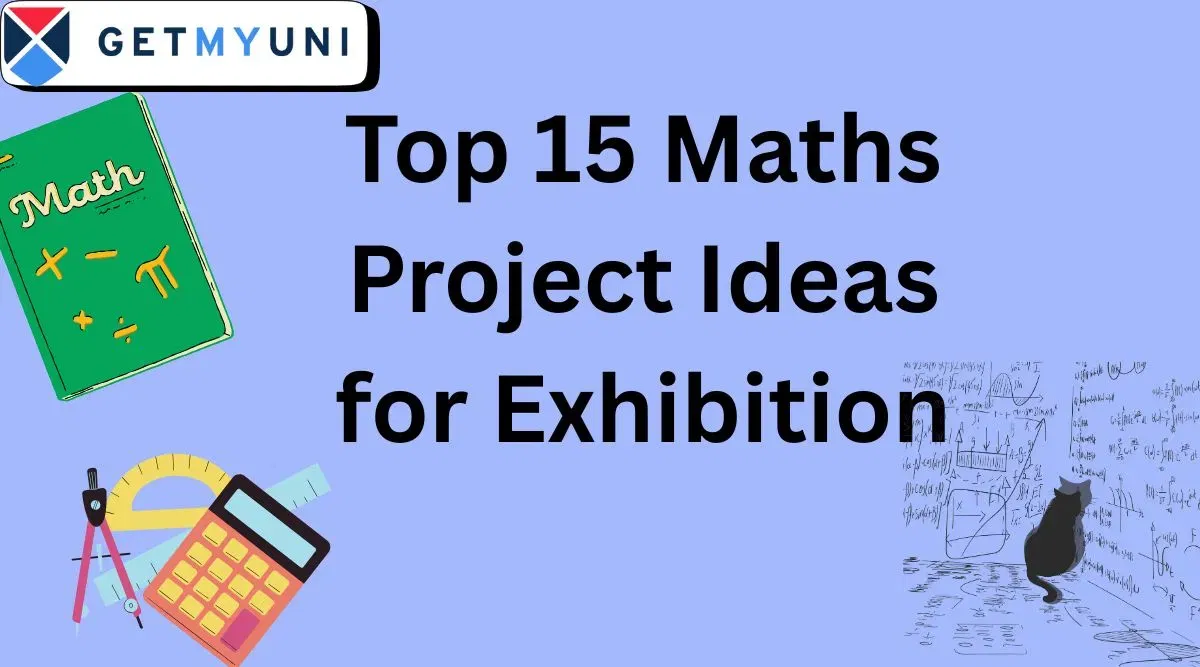
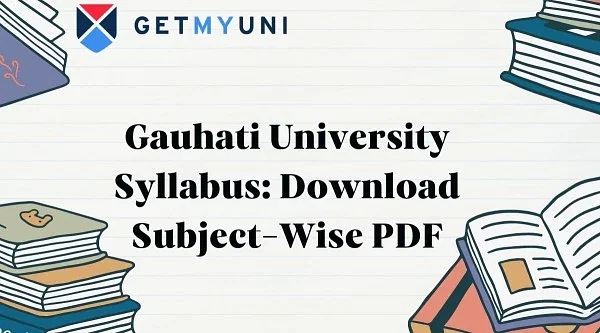


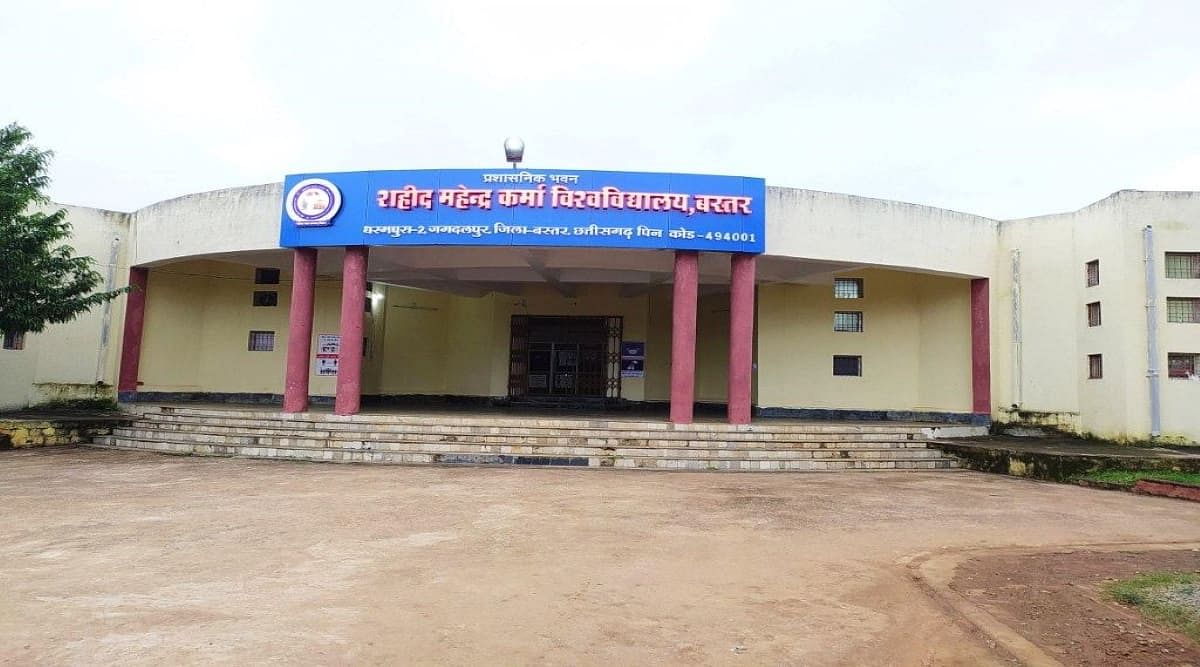
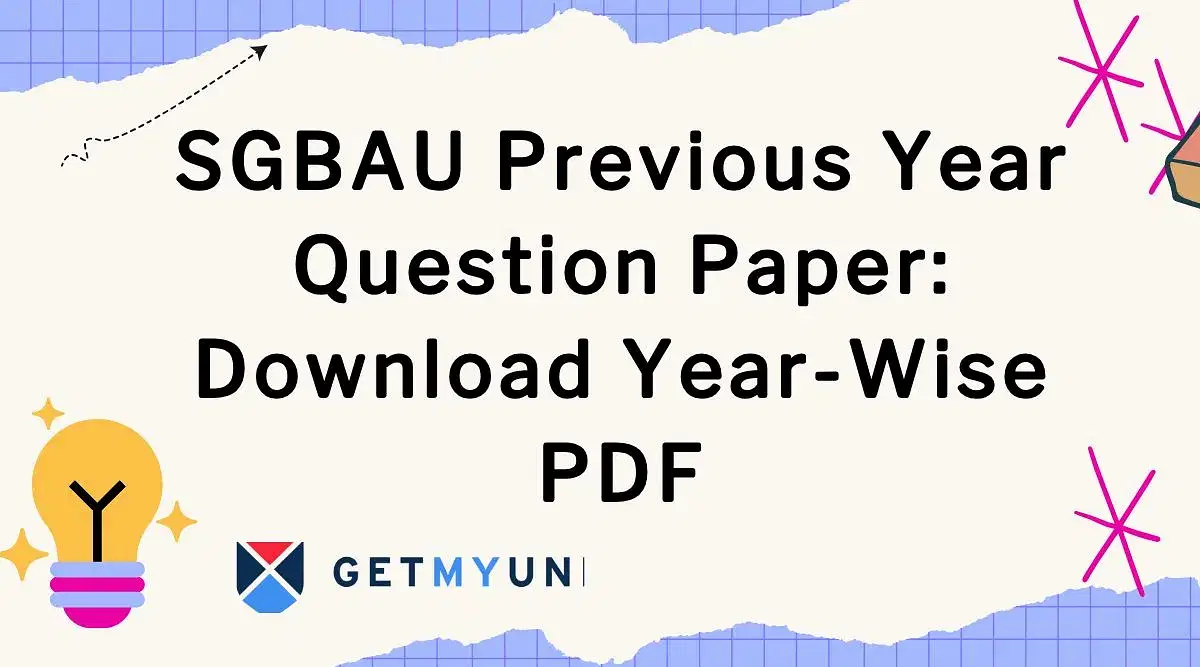
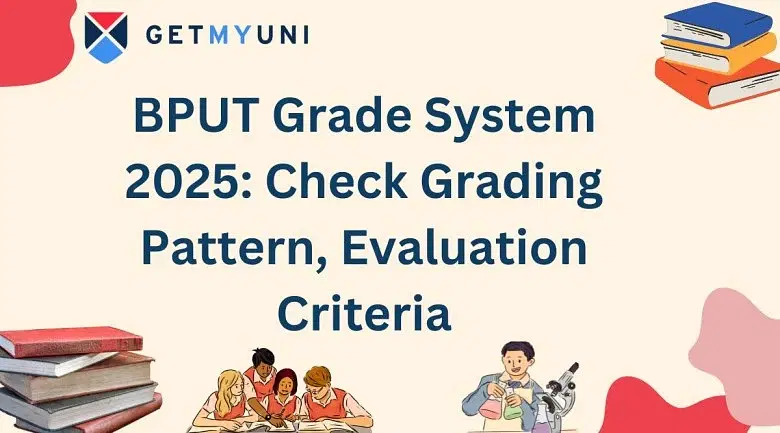
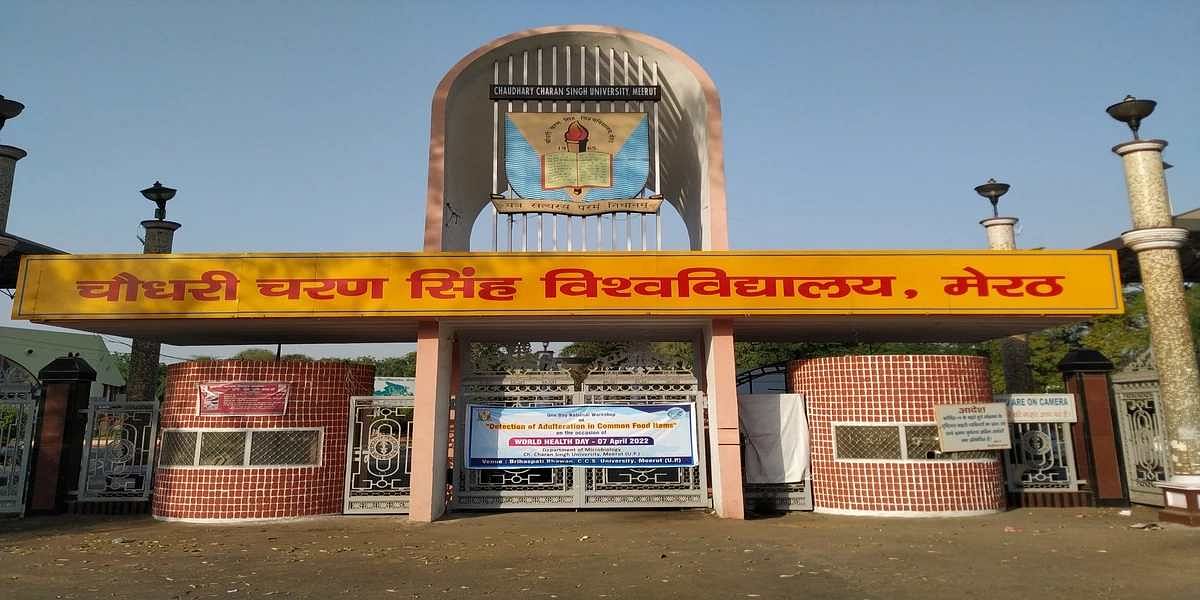
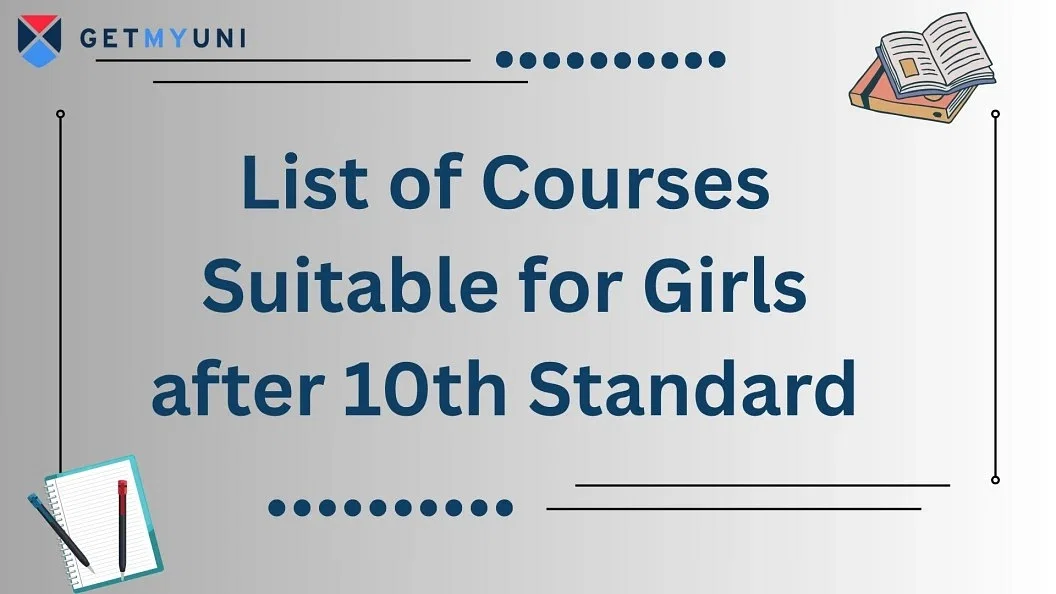
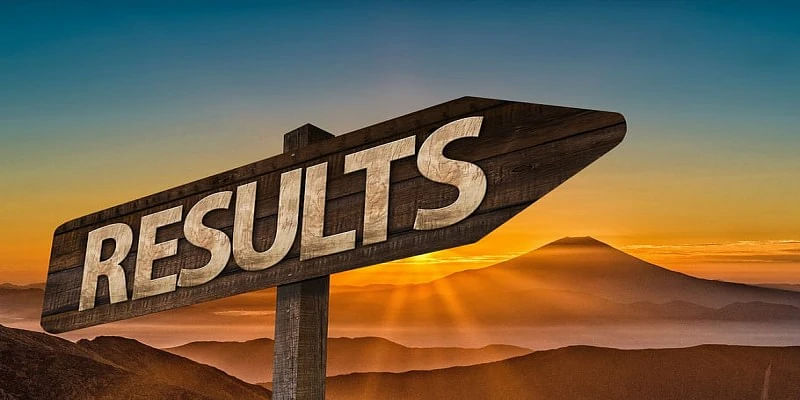

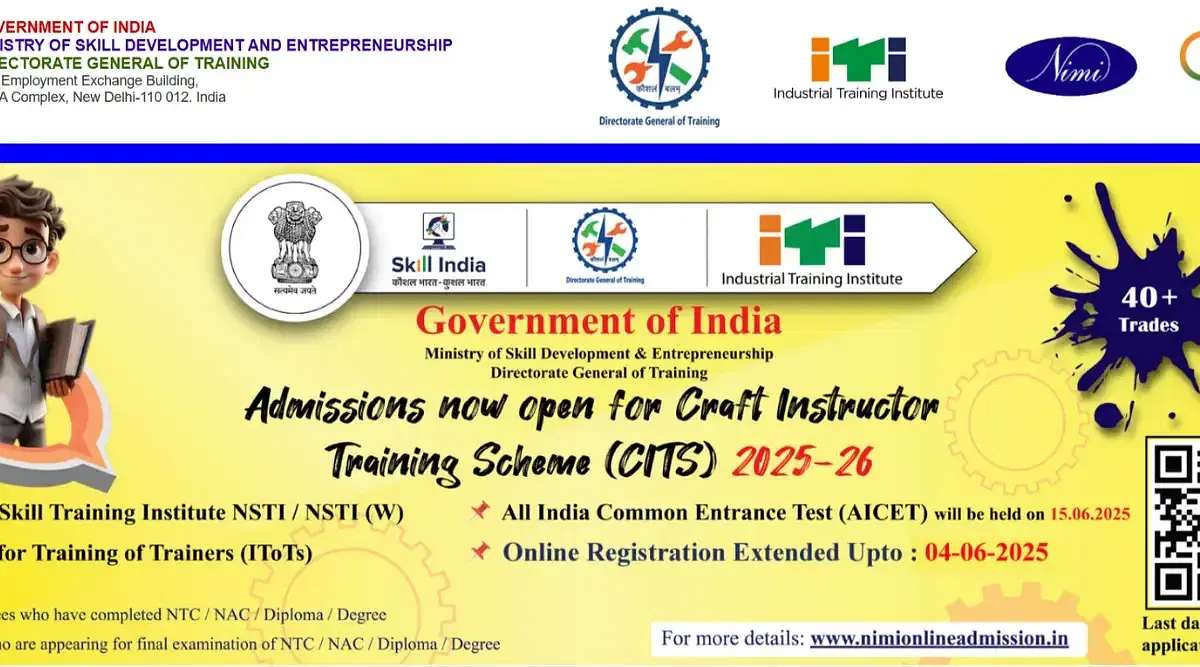



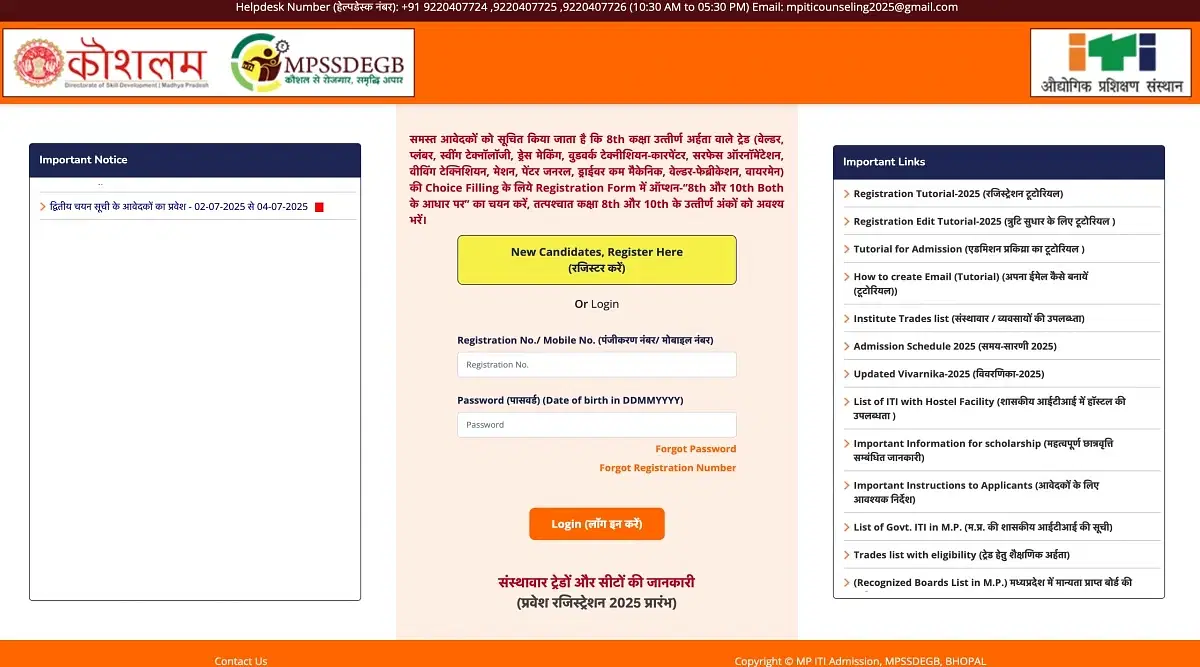

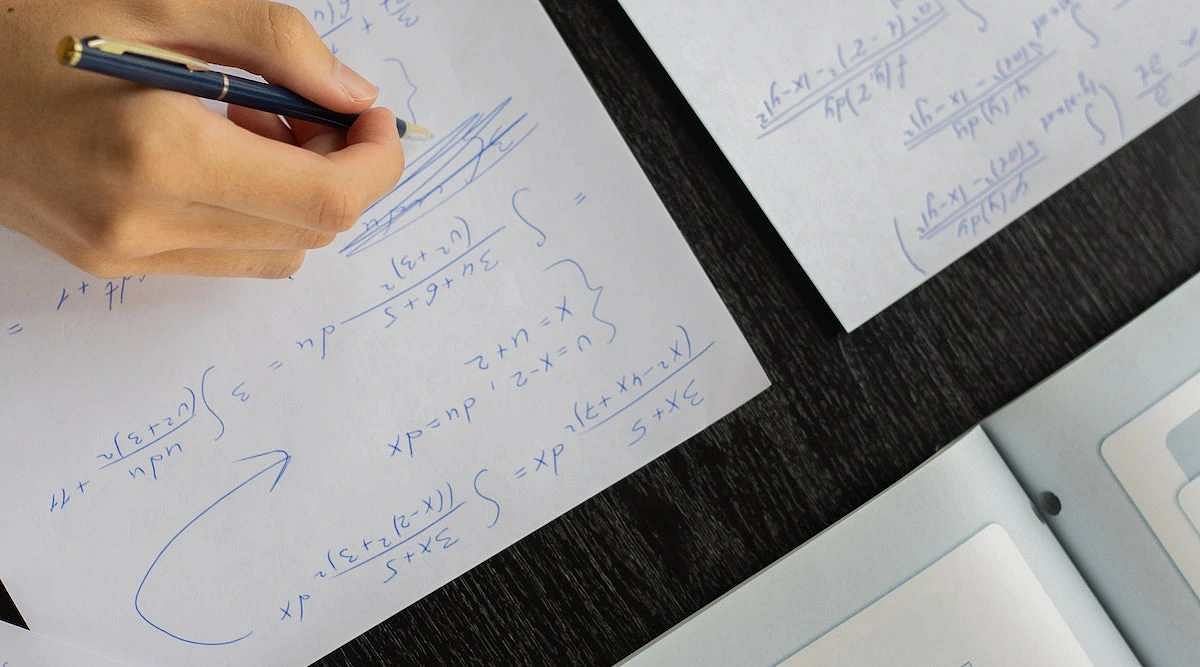
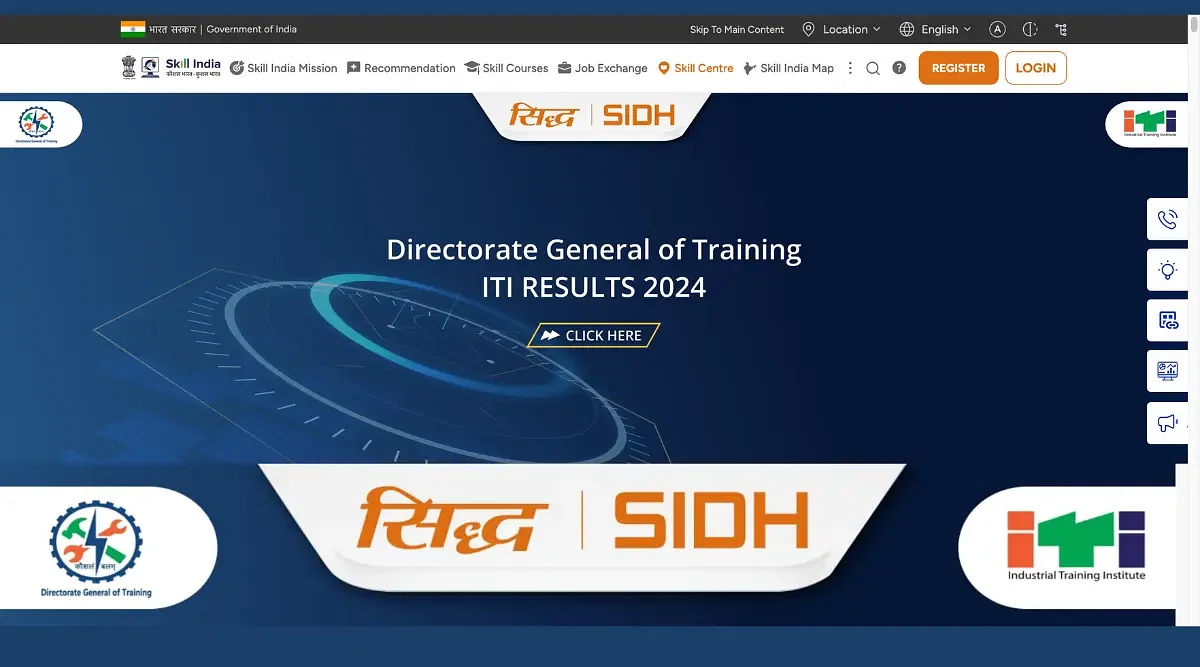
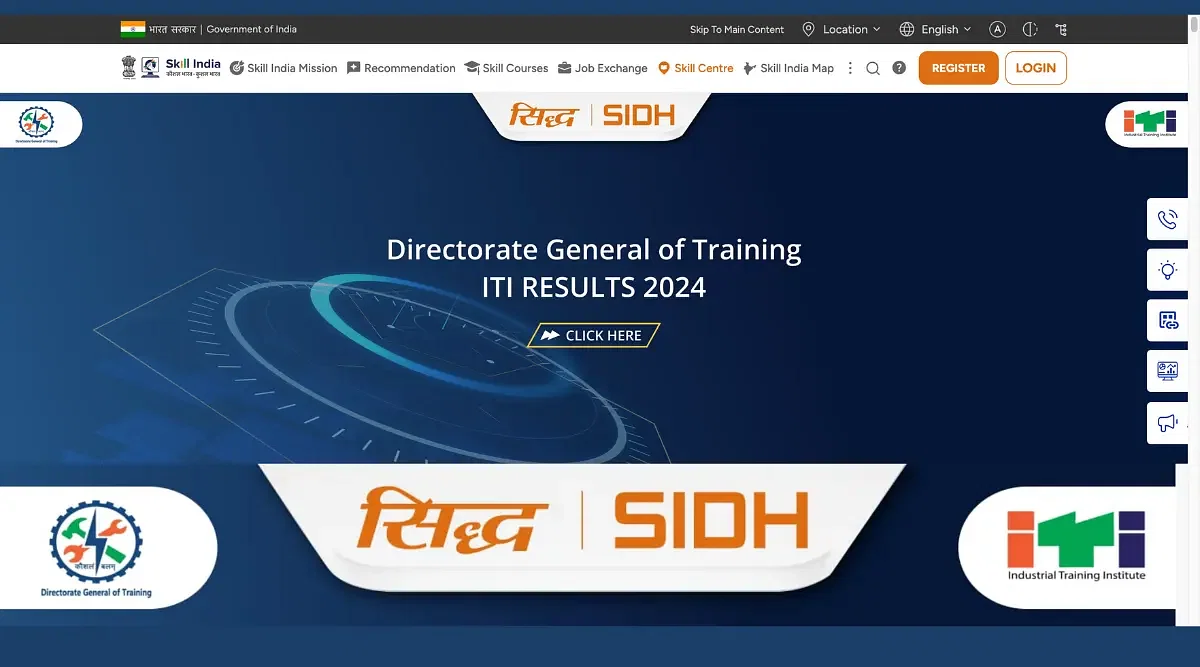

POST YOUR COMMENT